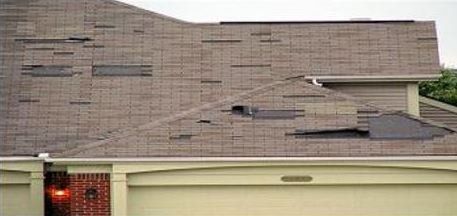INSURANCE FAQS - old
INSURANCE FAQS
LEARN MORE ABOUT ROOF REPAIR INSURANCE
The Buffalo Roofing Co. is a Restoration Contractor
Handling insurance claims requires plenty of experience and a contractor who has the tools to deal with insurance claims properly. At Buffalo Roofing Co., we're fully equipped to handle your whole claim, no matter how large or small.
Insurance companies recognize restoration contractors as those who have the ability to handle all repairs in a claim, deal properly with insurance requirements and paperwork and fully restore your property to it's original condition, or better.
That means we can handle your roof, paint and drywall, siding, gutters, fencing, windows, structural and other building damages resulting from your loss. And we always guarantee to correctly perform all insurance covered work for only the cost of your deductible.
We work closely with you and your insurance company to get your repairs professionally done with as little financial, time and emotional hardship as possible.
If you have coverable damage, or think you do, give us a call today. We'll be with you through the entire process.

Frequently Asked Questions Regarding Insurance Claims
Are all houses in a neighborhood affected the same way?
Insurance companies evaluate each roof individually. The number, size, and hardness of the hailstones can vary tremendously within a small locality. Velocity and direction of the wind are also factors. Other factors are roof pitch, age, and condition.
Why would my insurance company replace my roof?
The purpose of home owner’s insurance is to protect homeowners against losses in their property’s value due to damage that is beyond their control. If you have hail damage, you have experienced a financial loss in that your original investment of a 20 year roof (for example) has now been reduced to a 5-10 year useful life span. Your insurance company will compensate you for your loss and replace your roof.
Will my annual insurance premium increase if I file a claim due to storm damage?
Insurance companies cannot cancel your policy or raise your rates for weather related claims. However, when you’re involved in a catastrophe, your insurance company may raise rates on everyone impacted in order to stay in business or change some business practices… remember insurance companies are businesses and need to remain profitable.
Why is the insurance check made out to me and my mortgage company?
The bank that services your note also has a stake in your properties value. They will want to assure that the funds you have received for your loss are utilized to make the necessary repairs outlined in your adjuster’s summary. The mortgage company typically releases the funds after submitting a signed contract between yourself and the roofing company stating all repairs have been made. They sometimes require a bank representative to perform an inspection.
Why does the estimate read that there are more shingles to replace then there are to remove?
The amount of shingles to remove from your roof is the actual amount of square feet that it takes to shingle your roof. However, when putting on shingles, some shingles have to be cut to fit dimensions, ridges, hips and valleys. The insurance company adds 10% to regular ridge roofs and 15% to hip and ridge roofs to account for the loss of shingles.
In my adjustment, my insurance company deducted some money for depreciation, what does that mean?
Most of the questions you have regarding your loss can be answered with a call to your agent/claims department or a reputable roofing contractor that is trained to handle insurance claims. There is no need to become a fully licensed insurance adjuster in order to read the summary they provide you. The estimating software the adjusters use varies somewhat but is relatively easy to understand if you know what some of the common terms and abbreviations stand for:
- RCV: Replacement Cost Value is the cost to replace property with the same kind of material and construction without deduction for depreciation.
- ACV: Actual Cash Value describes what it will cost to replace an item at the time of loss after subtracting depreciation.
- DEP: Depreciation is the loss of value that occurs over time due to factors such as age, wear and tear, and obsolescence. If you have replacement cost coverage included on your policy, you may be able to receive additional money to cover the depreciation of these items. If this is the case, reimbursement may involve two or more payments — one for your initial payment based on the actual cash value of your items and then additional payment(s) once you repair and/or replace the damaged items and you provide the insurance company with documentation.
- O&P: Overhead and Profit, these terms are usually used together to represent the expenses and profit of a general contractor. O&P is automatically applied to the typical material unit cost of a reroof claim. Most O&P funds will only be available if an insured hires a general contractor to complete a very large scope of work, normally involving 3 trades or more.
My insurance adjuster said there was no hail damage at the time of their inspection. I informed the adjuster that the neighbors are all replacing their roofs. I asked my roofing contractor to call the adjuster and request to walk through a re-inspection with him. On the re-inspection the adjuster concluded that there was hail damage and “Totaled” the roof. Why such a dramatic turn around?
There are many different reasons that this happens so often. First remember that all claims are handled individually, just because your neighbors are replacing their roofs does not necessarily mean your roof needs to be replaced. One reason could be that your roofing system showed minimal signs of damage upon their inspection because the material on your roof is newer or a different manufacturer?
- Sometimes adjusters get to a roof too soon after the actual damage and the hail strikes haven’t had a chance to weather yet. Sometimes the adjusters are inexperienced.
- Sometimes a different adjuster will be assigned to the claim.
- Sometimes they were tired after looking at so many roofs that day.
- Sometimes they just make mistakes.
The best results that benefit the homeowner seem to be obtained when an experienced roofing contractor walks through the inspection process with the insurance adjuster and calls to the adjuster’s attention any damage that the adjuster may have overlooked.
Business Hours
- Mon - Sun
- Open 24 Hours
